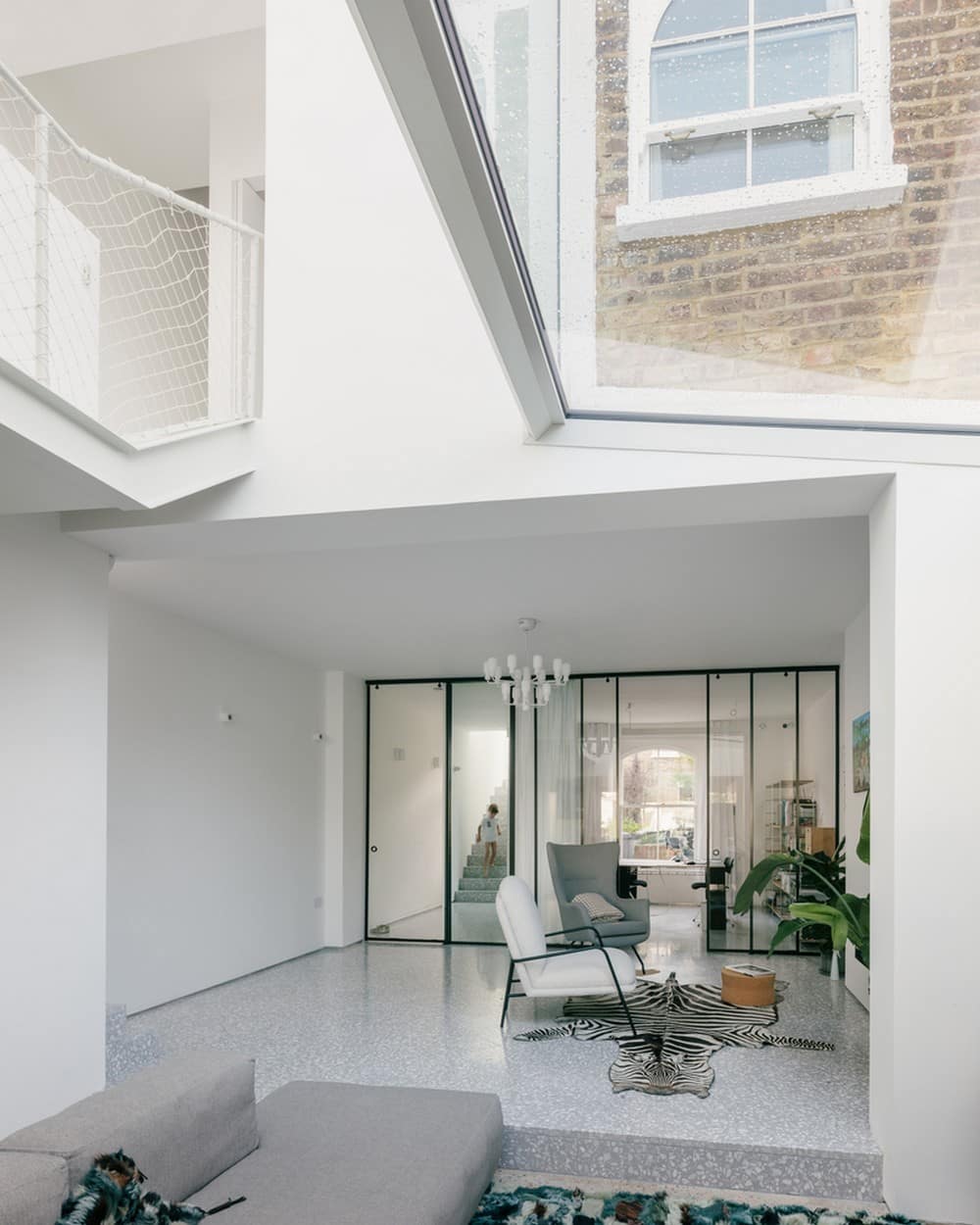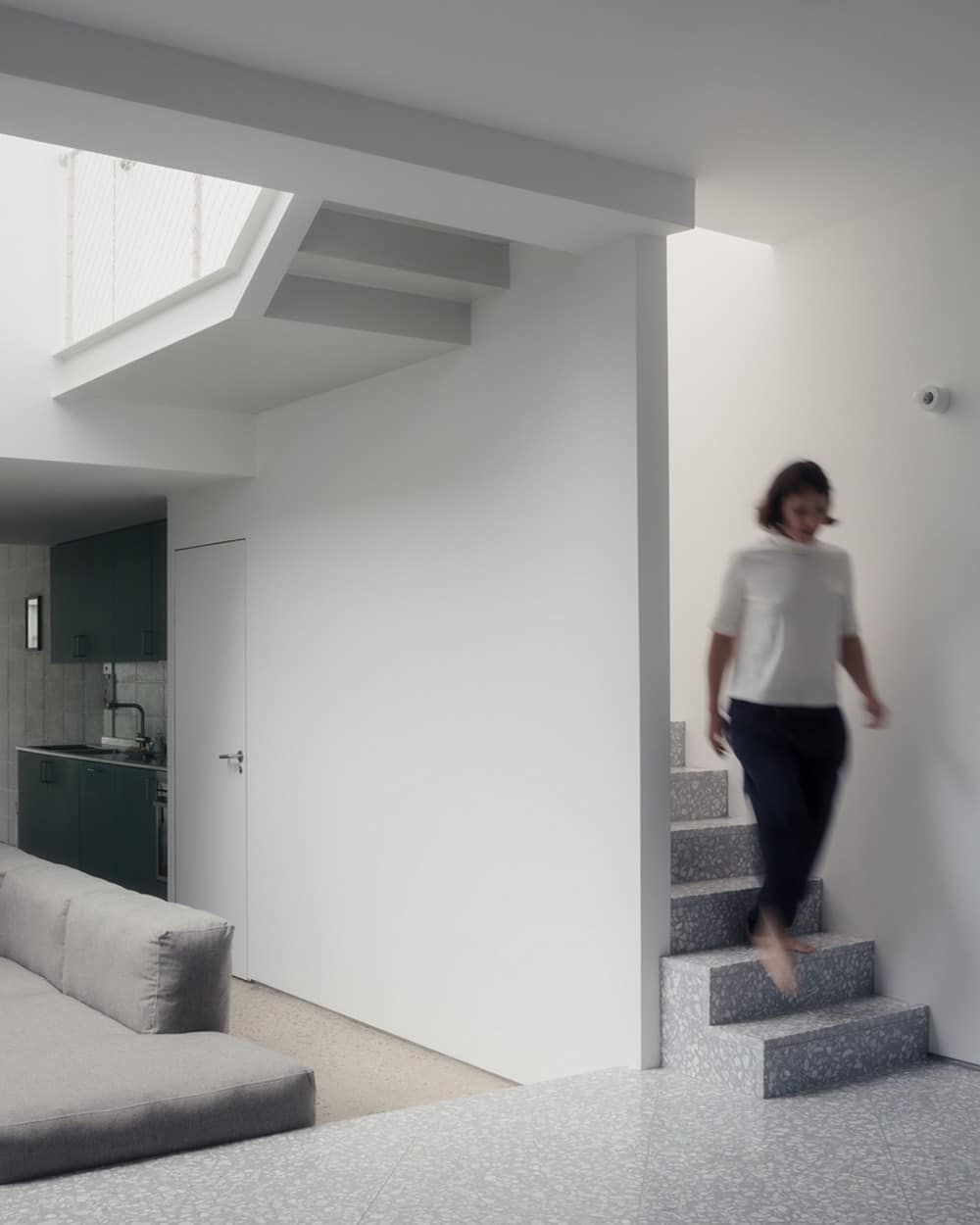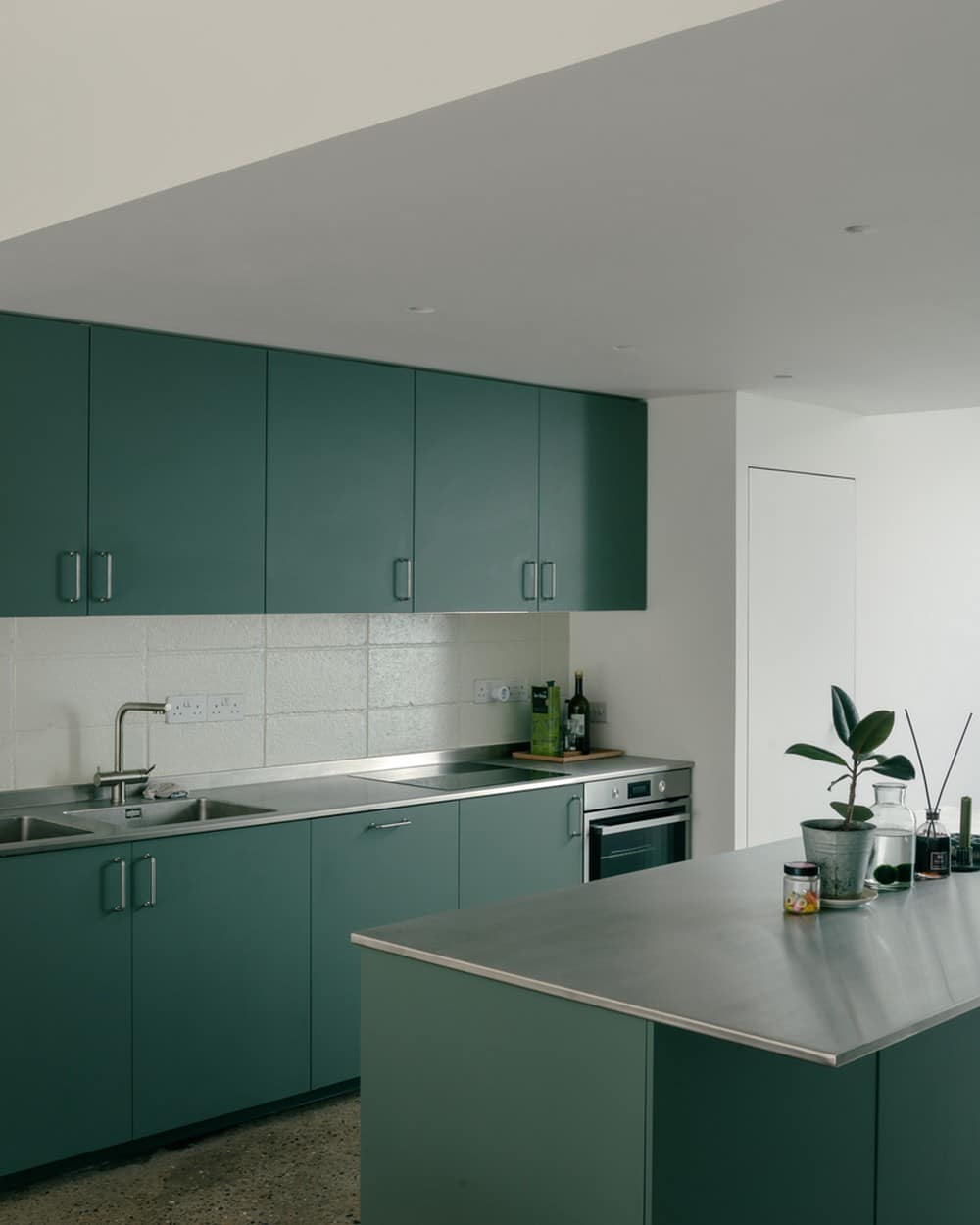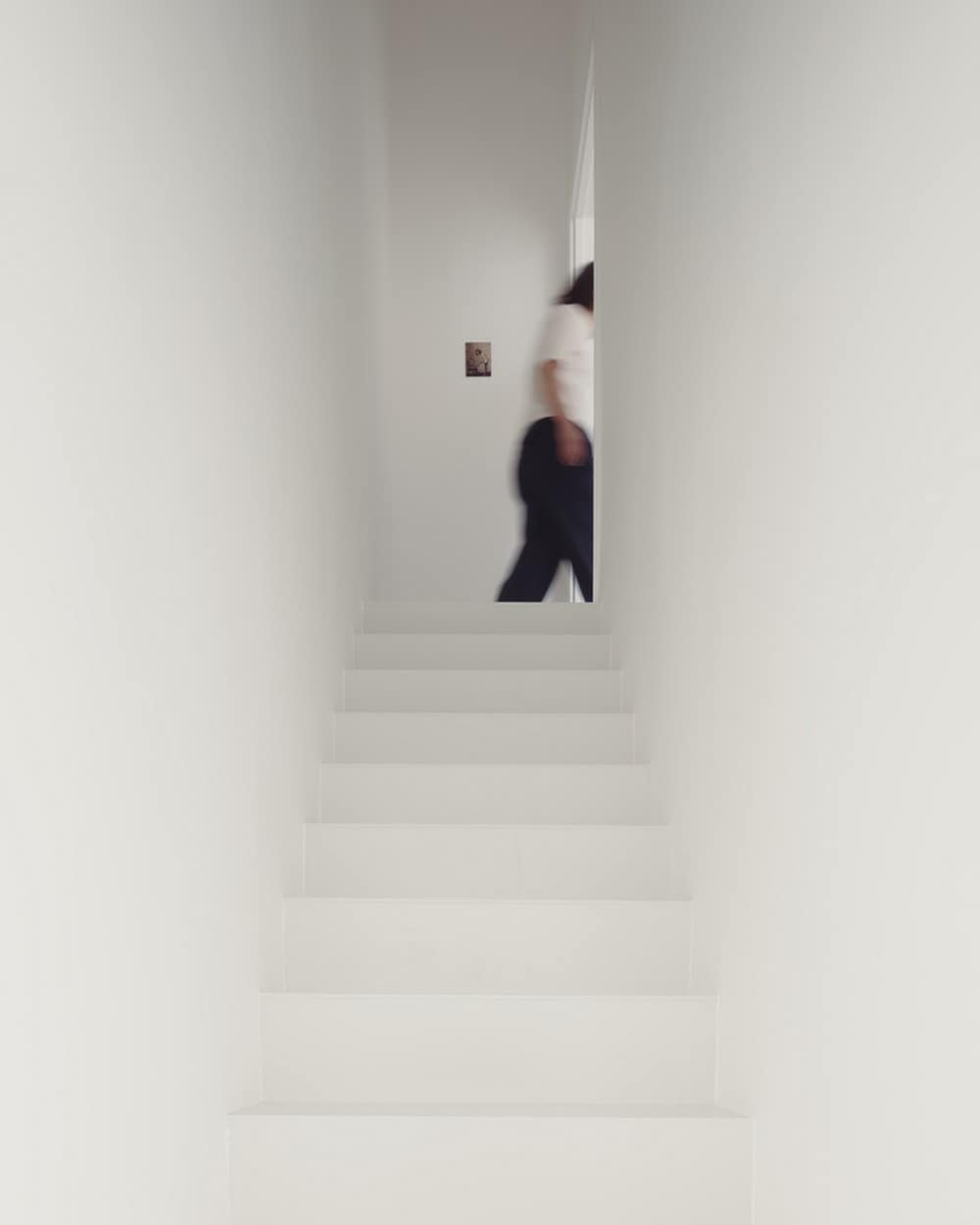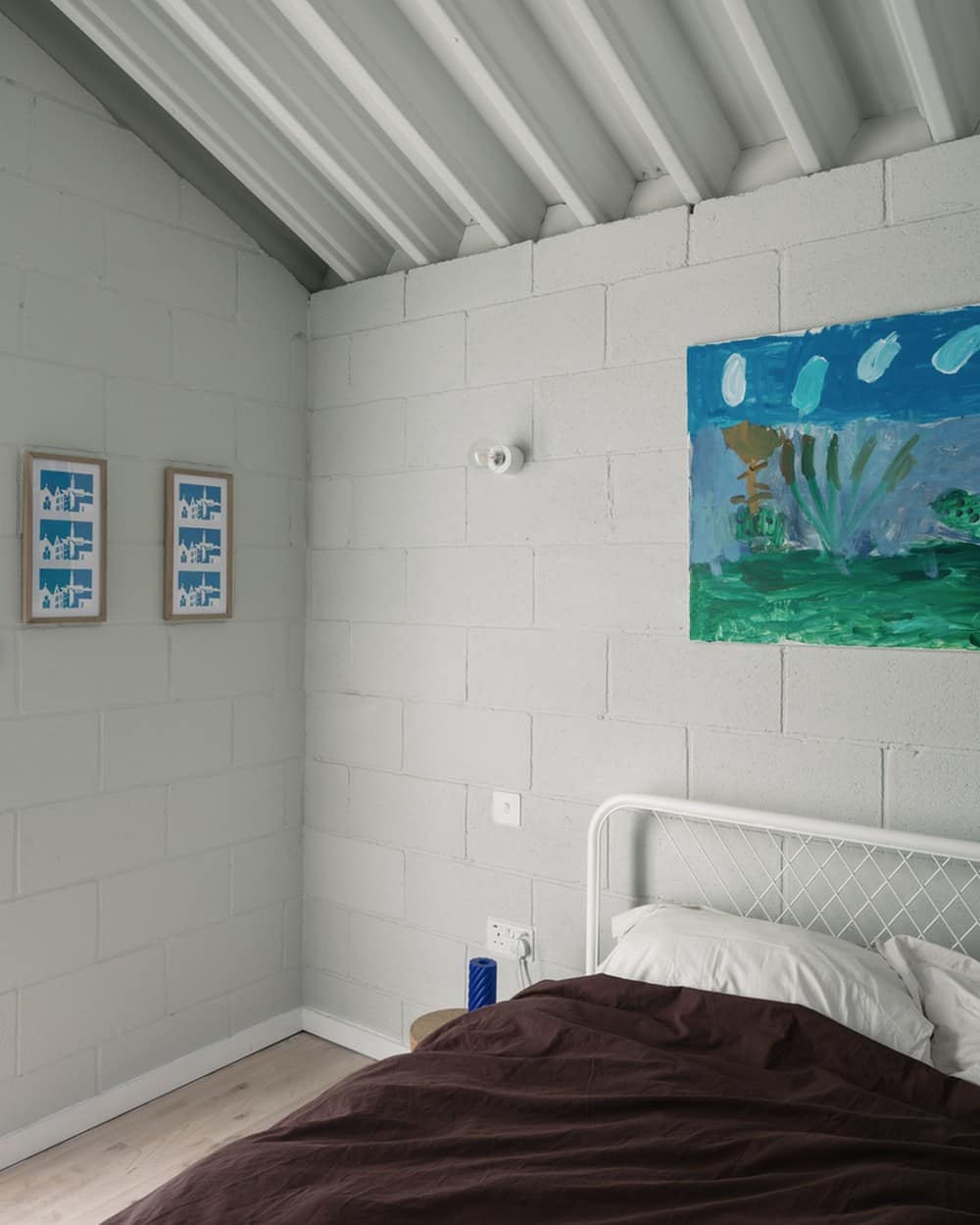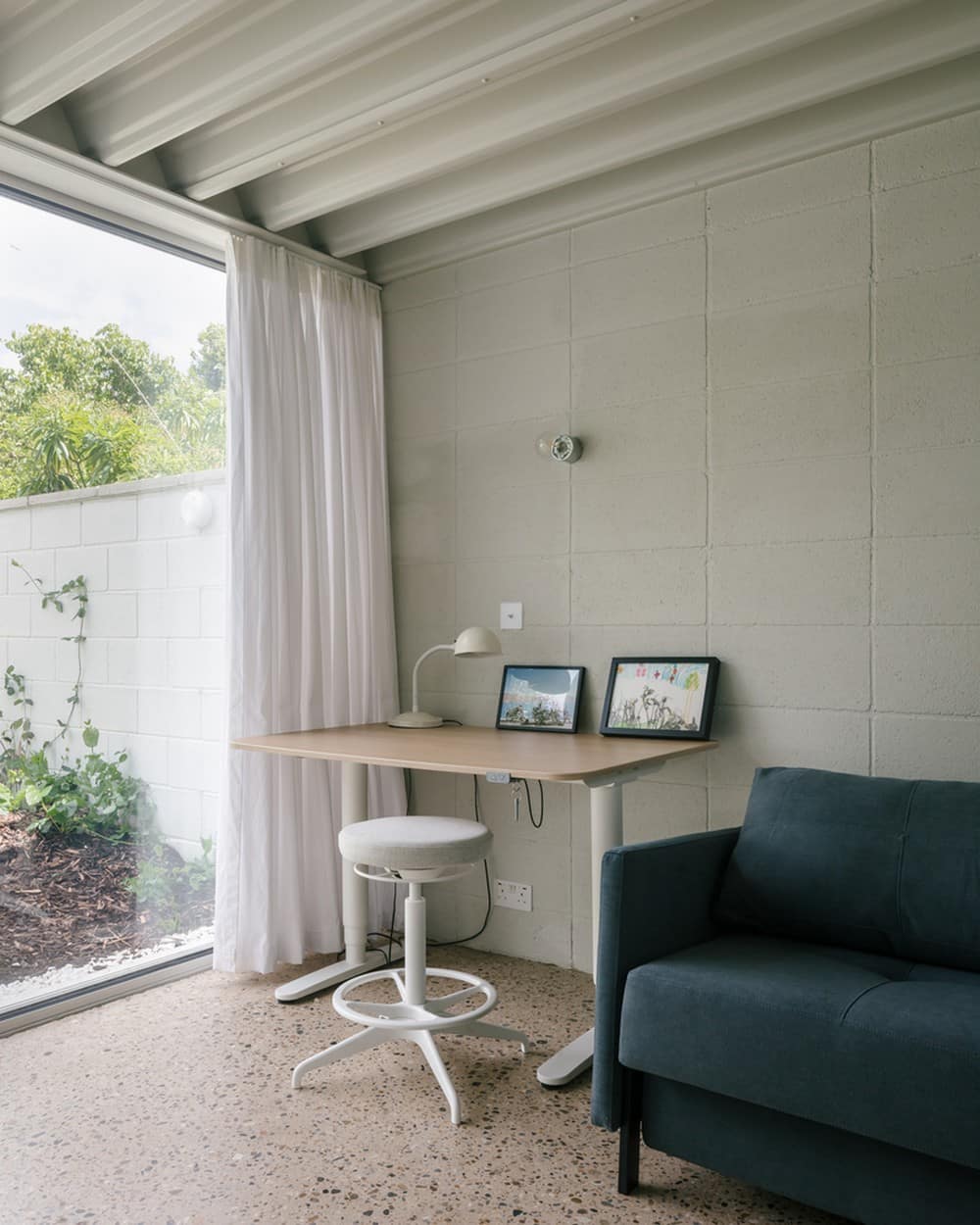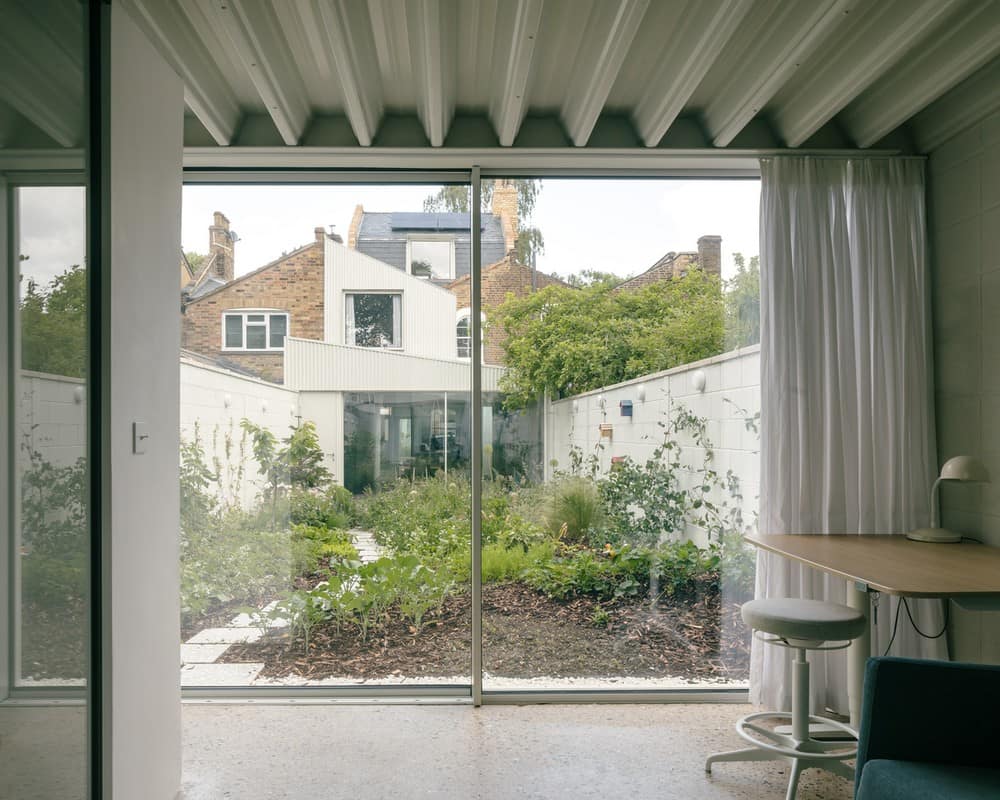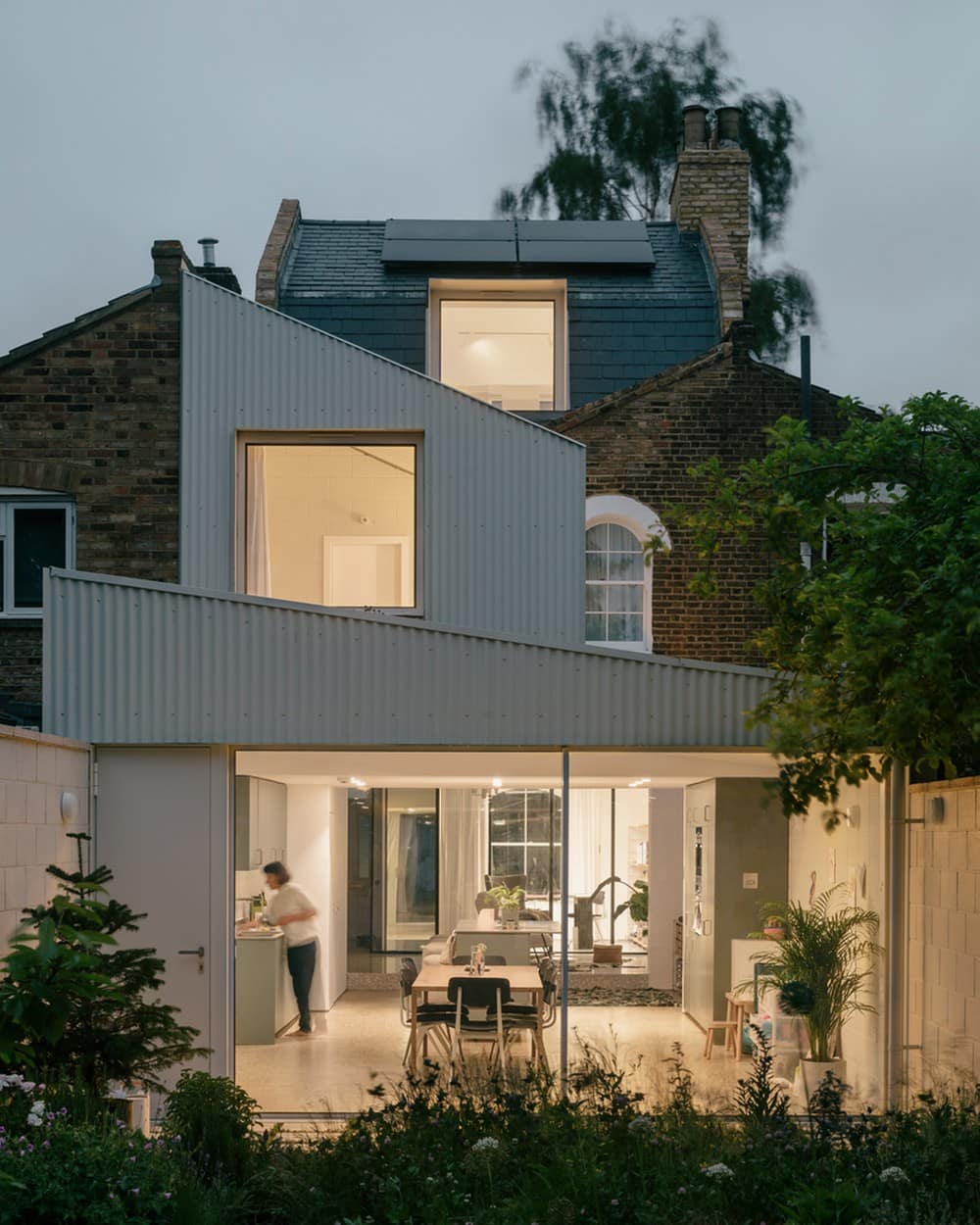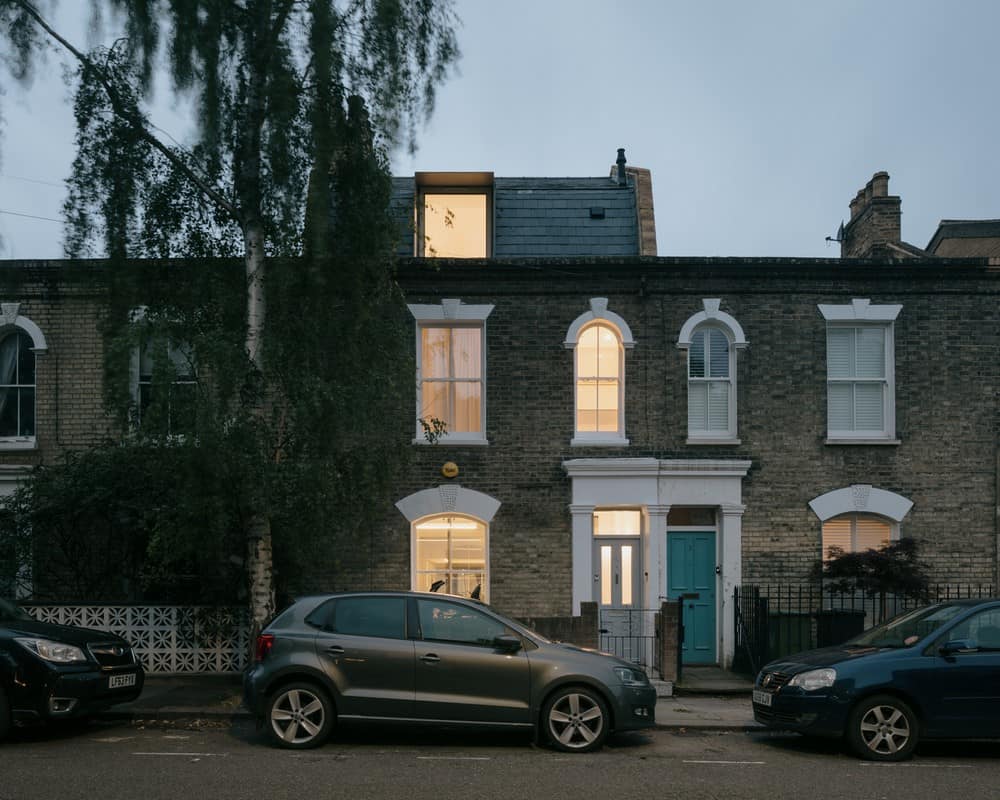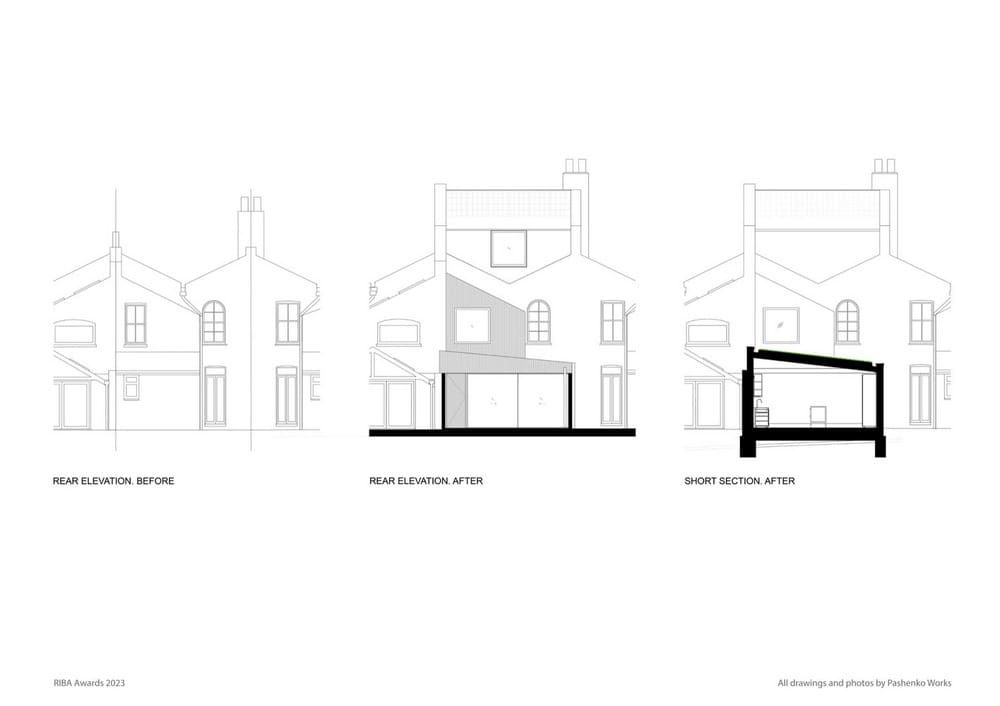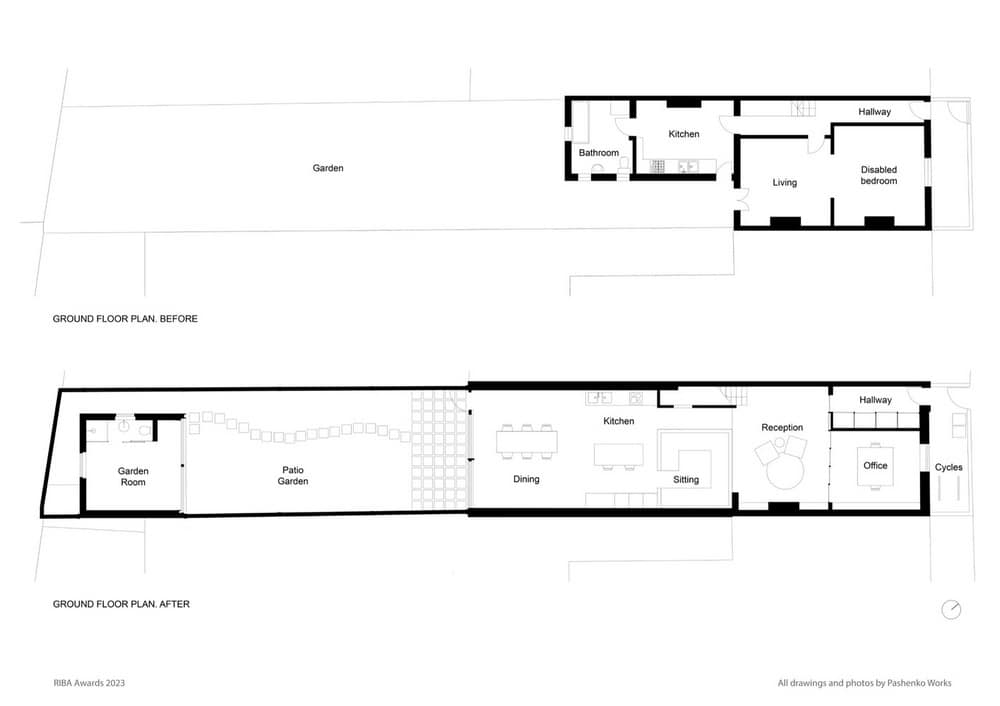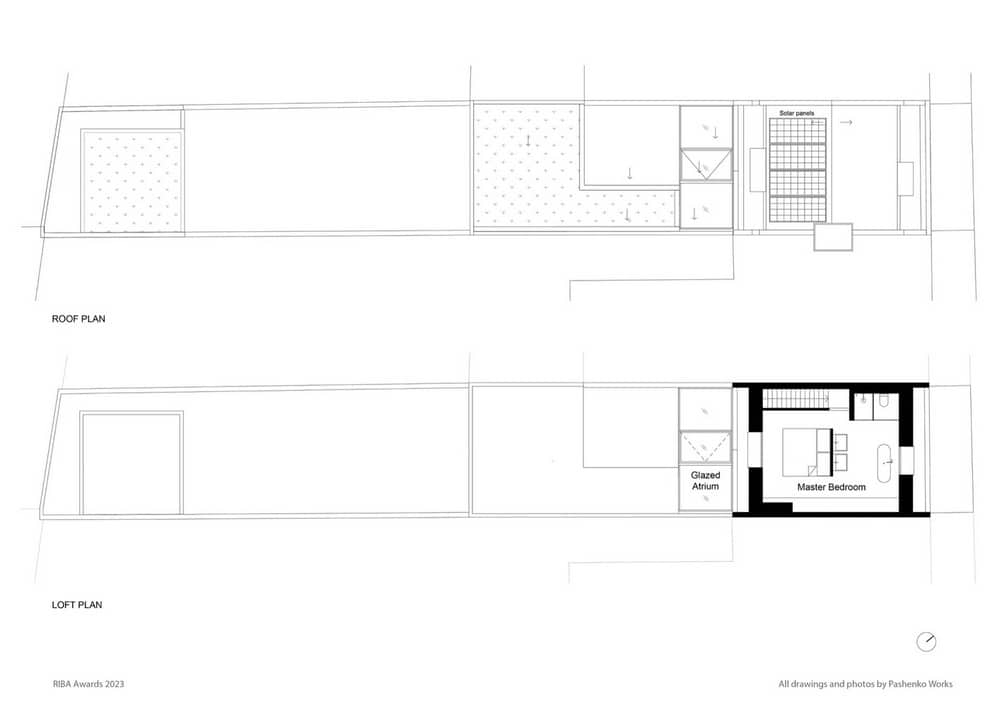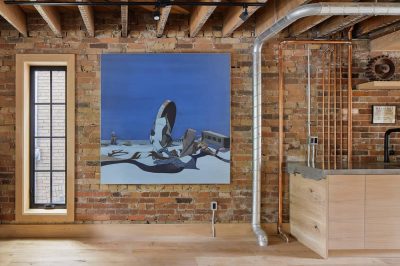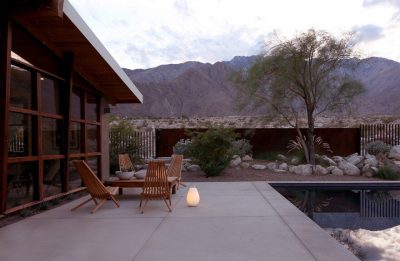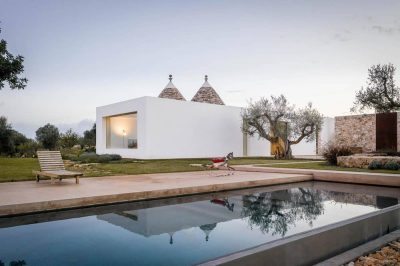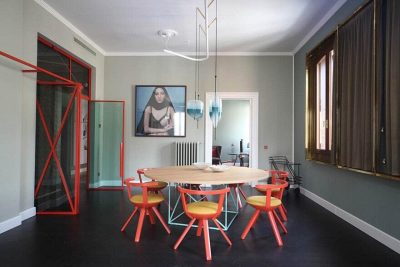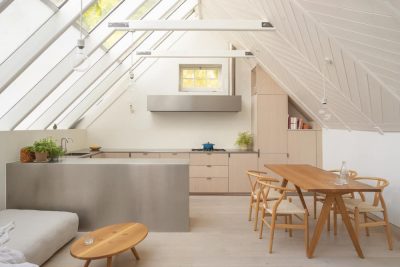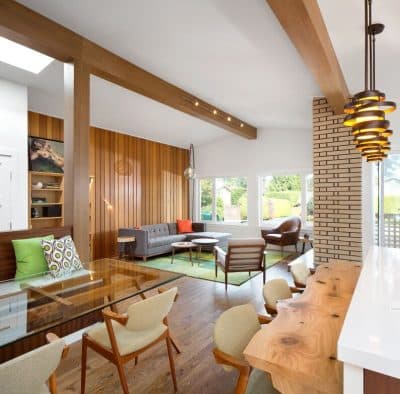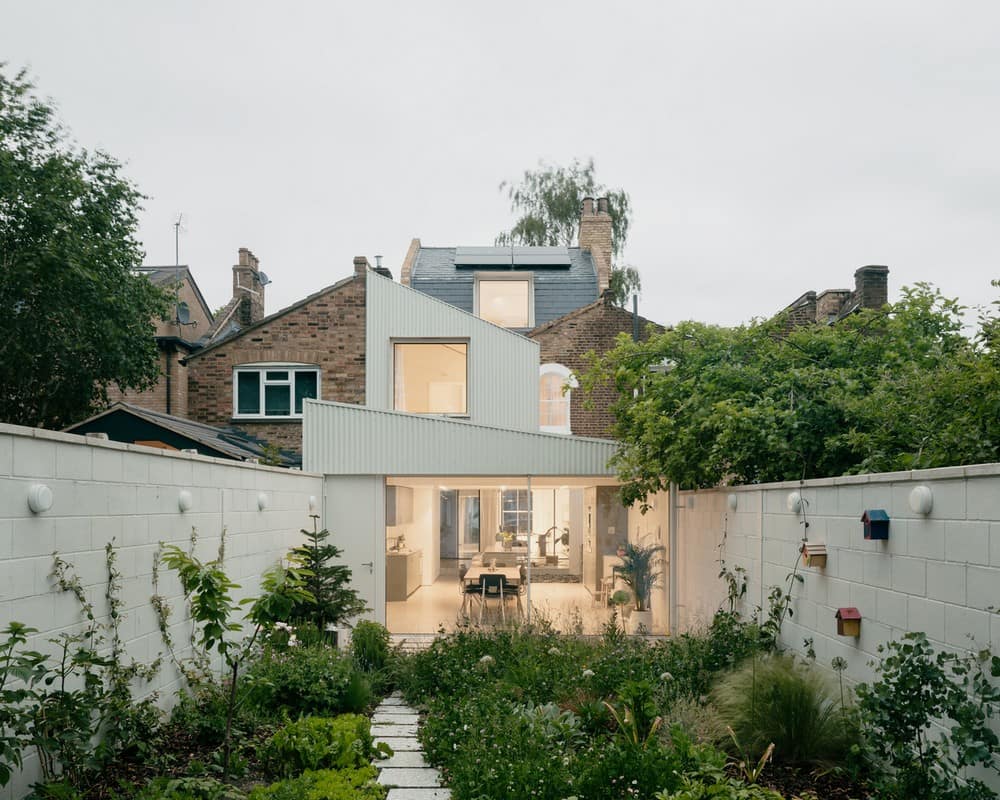
Project: White Patio House
Architects: Pashenko Works
Location: London, United Kingdom
Area: 190 m2
Year: 2021
Photographs: Stijn Bollaert
The project is an extension and renovation of an existing Victorian terrace. It was conceived as a prototype for urban dense living, where the development has been thoughtfully maximized within local planning constraints. The traditional type of terraced house backed by a garden has been transformed into a new type – a patio house. It successfully responds to the challenge of making experientially rich dwellings within the context of congested cityscape.
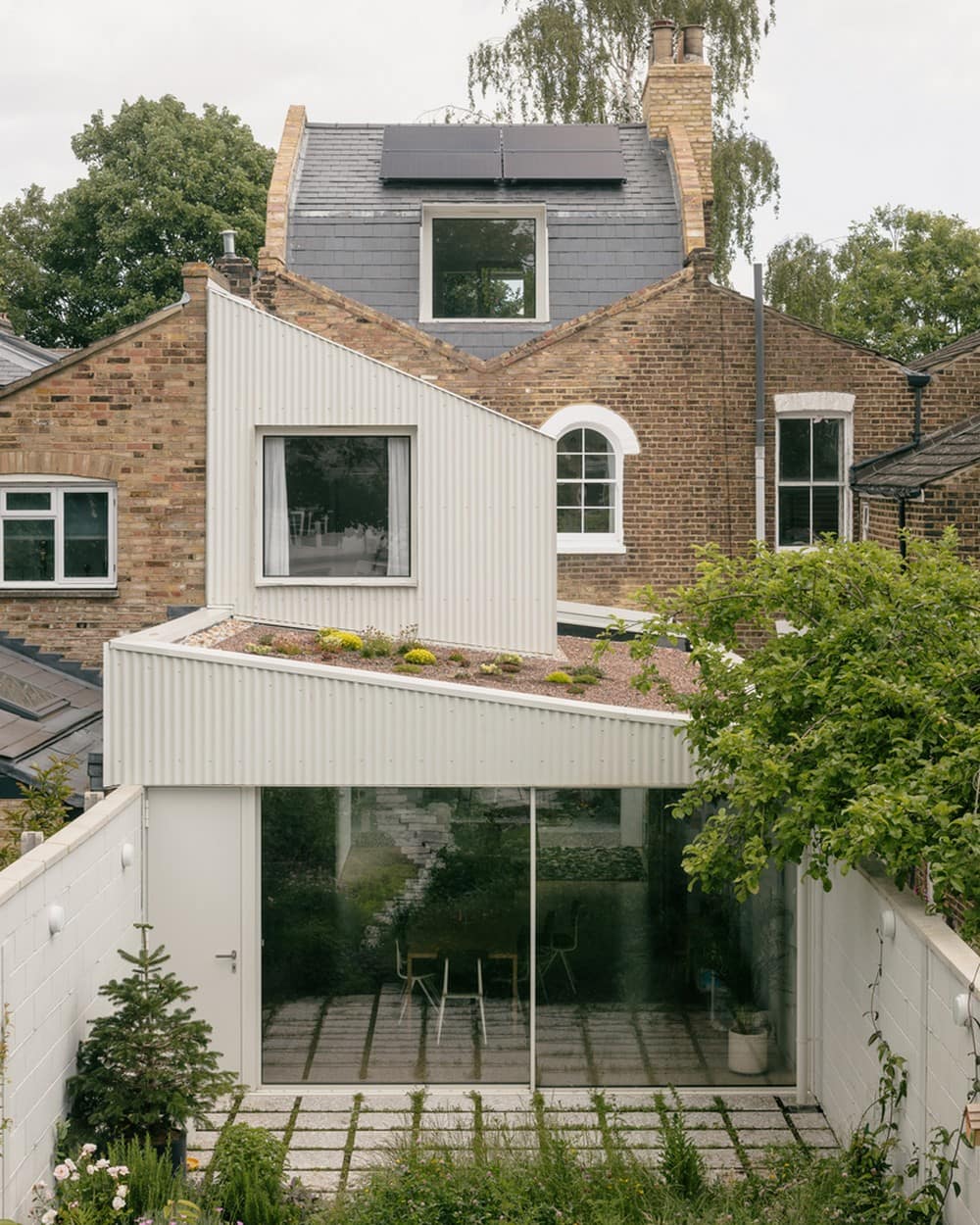
The White Patio House project consists of five distinct parts which can be experienced in sequence when entering the building:
1. The original Victorian terrace facing Harbour Road;
2. A glass ‘bridge’ – atrium;
3. The new contemporary extensions at the ground and first levels;
4. A patio garden framed by:
5. a garden room at the opposite end of the site.
The space sequence is thought through not only horizontally but also vertically. The ground floor is open, public, and noisy; the first floor is divided into rooms for guests and children. And the last top floor is a master bedroom on the newly added mansard roof – full of light and quiet at the end of destination traffic.
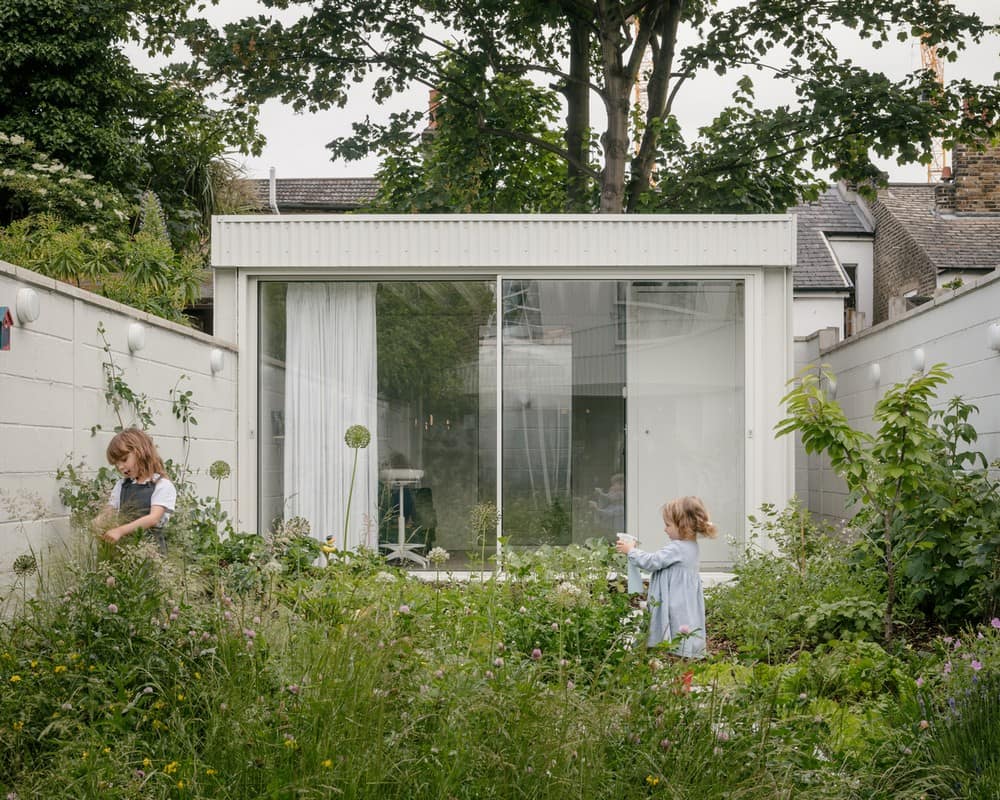
The “old” host building and the new volumes are connected by a conceptual glass “bridge”; this atrium brings daylight into the center of the house while visually and physically connecting all floor levels. The configuration of the “bridge” embodies the “memory” of the old building.
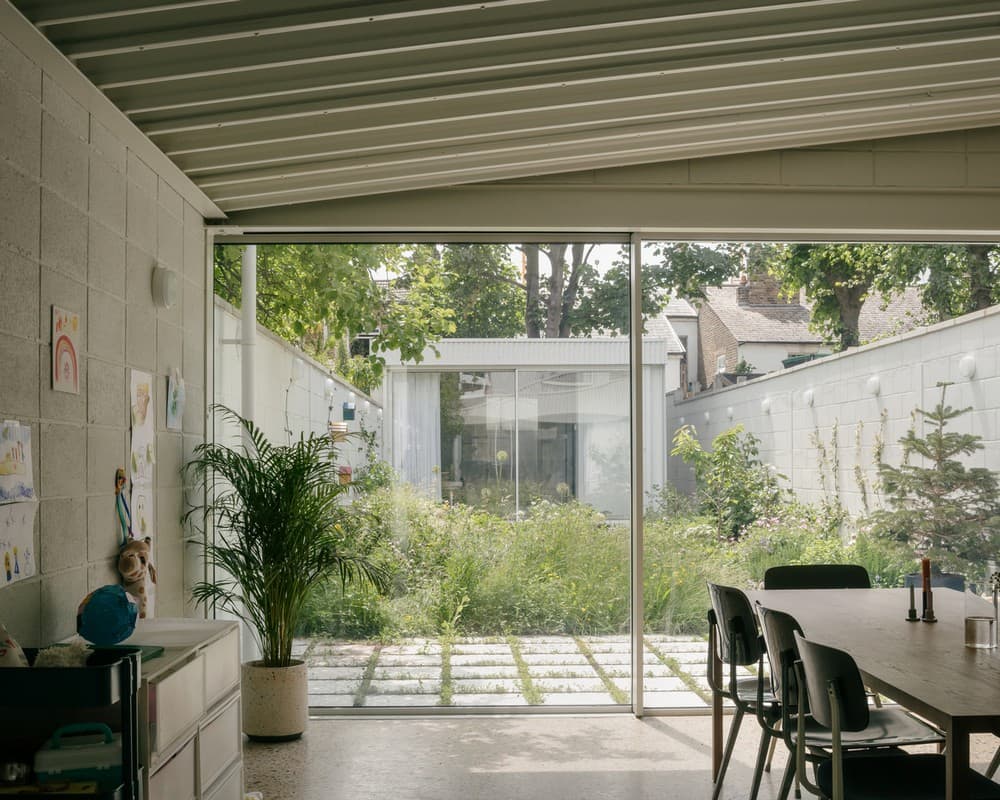
Being inspired by Belgian brutalism, the exposed blockwork with highly recycled content delineate the whole perimeter of the site as a uniting theme and contriving ascetic domesticity. The blockwork, the steel beams and columns, the floor, and the metal deck – most of the materials have been left true and exposed.
The new additions’ façade has been clad in off-white corrugated steel sheets matching to the aluminum color of window frames and doors. This enables the impression of lightness, subtle reflections of the sunlight, but also echoing of the white elements of the surrounding urban fabric.
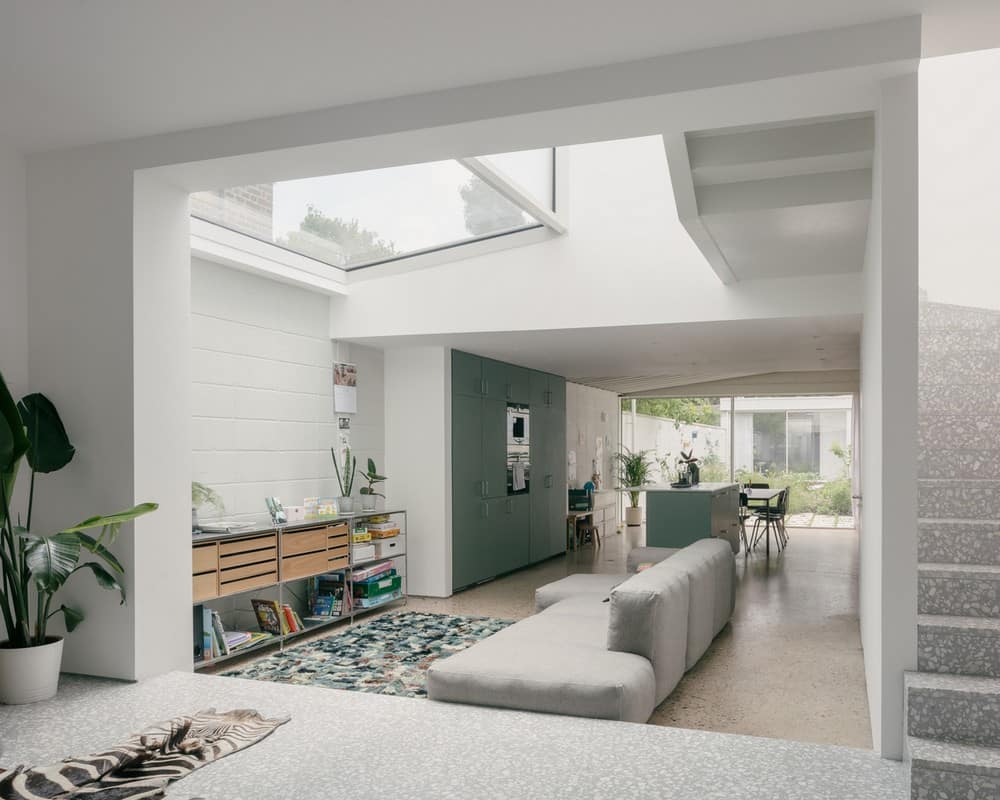
We were striving to achieve a seamless connection between the inside and the outside. The profiles of the sliders are minimal visually dissolving the barriers between the internal spaces and the garden. The materials and color palettes, and light fixtures which were used on the exterior are the same as in the interior, enhancing the feeling that both form part of one whole.
